Performance improvement plan: Your roadmap to employee growth
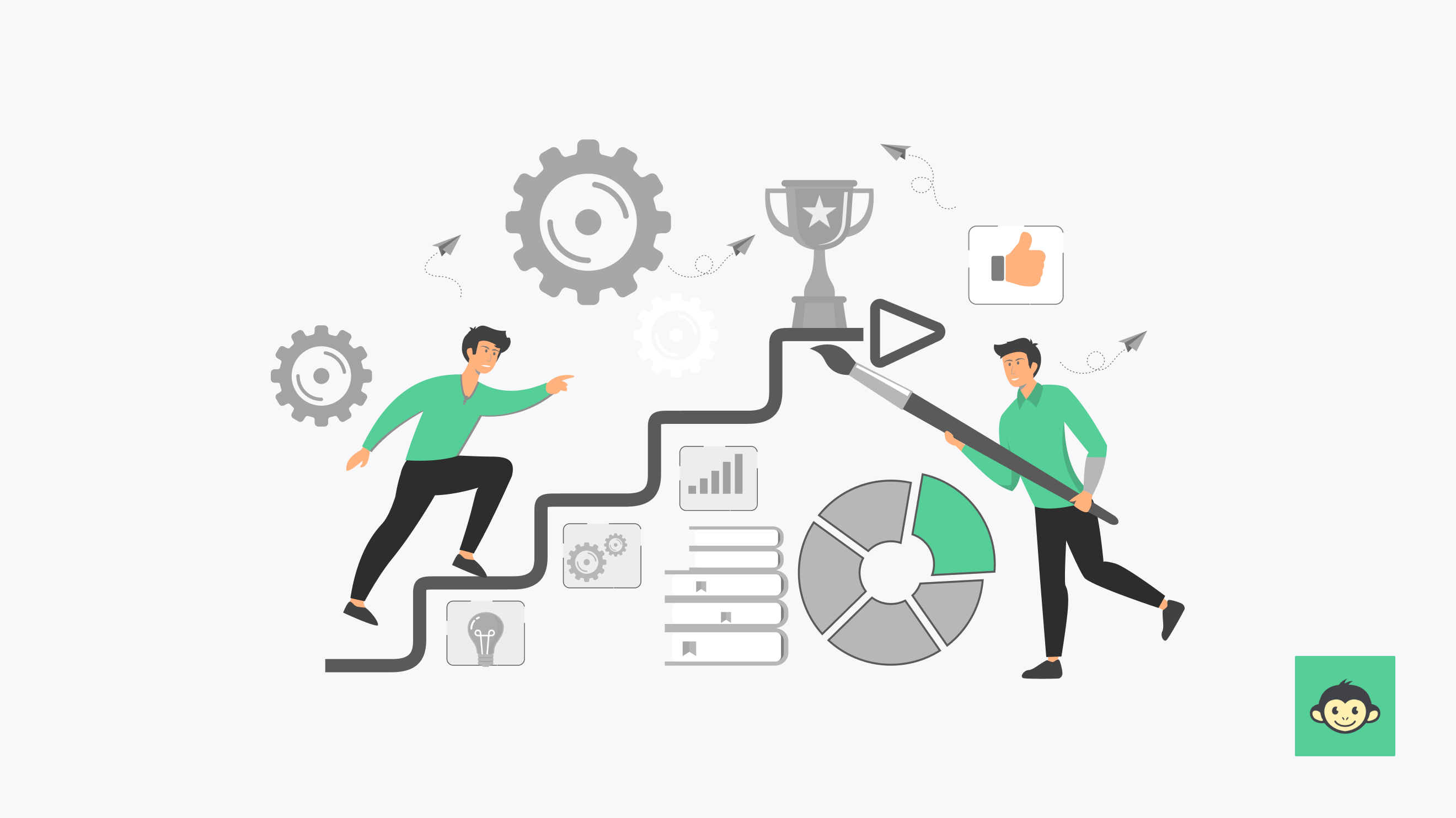
In today's ever-evolving workplace landscape, where talent reigns supreme, nurturing your team's potential has never been more critical. Whether you're a seasoned HR professional, a budding manager, or a curious employee eager to excel, this blog is your passport to unlocking the secrets of fostering individual growth within your organization.
Picture this: Your team is the engine that drives your company forward, and like any high-performance engine, it occasionally needs a little tune-up. That's where PIPs come into play. They're not just a bureaucratic checklist or a dreaded "last chance" warning; they're a dynamic tool for empowering employees to reach their full potential.
In this deep dive into the realm of performance improvement plans, we'll demystify the process, debunk common myths, and equip you with practical tips and insights that will make you a PIP aficionado.
What is a performance improvement plan?
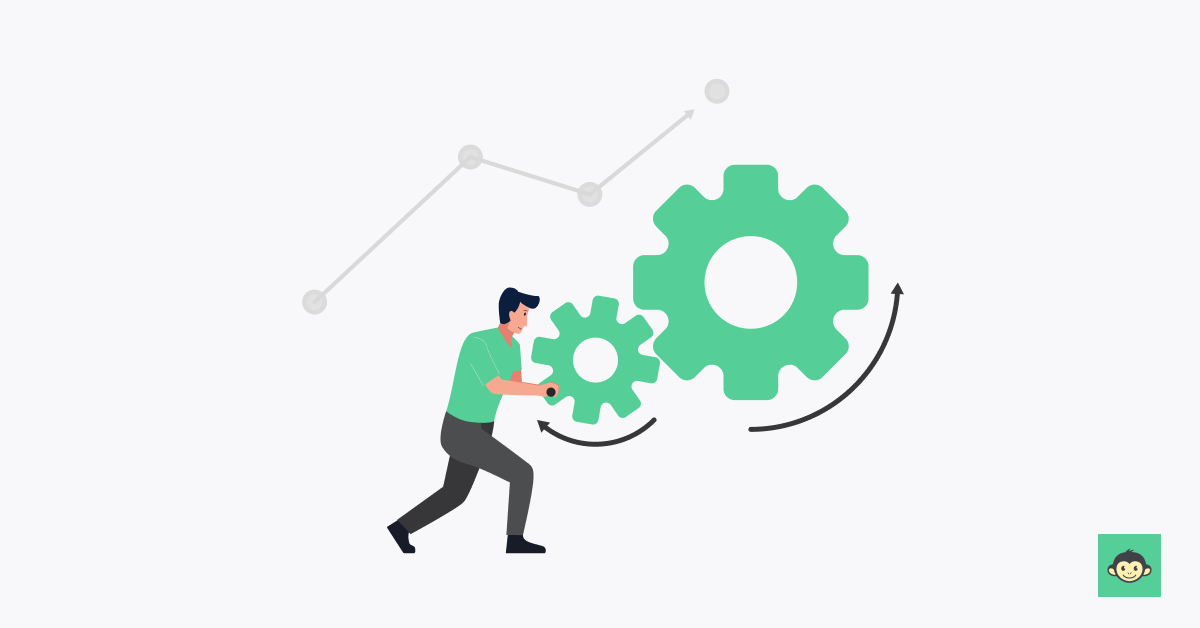
A Performance Improvement Plan is a structured and formalized approach to help an employee whose performance is not meeting the standards set by the company. It's not about punishment; it's about providing guidance and support to help them get back on track.
First and foremost, a PIP serves as a clear roadmap for improvement. It outlines specific areas where the employee needs to improve and sets clear and achievable goals. This clarity helps both the employer and the employee understand what needs to change.
Moreover, a PIP provides a timeline for improvement, usually spanning a few weeks or months. This time frame allows the employee to focus on their development and gives the employer an opportunity to monitor progress.
A PIP is also a valuable tool for open communication. It encourages a constructive dialogue between the employer and the employee, fostering a sense of collaboration rather than confrontation. This can lead to better understanding and a stronger working relationship.
Ultimately, a well-crafted PIP benefits both the employer and the employee. It gives the employee a chance to address their performance issues, potentially salvaging a valuable member of the team. For the employer, it demonstrates a commitment to employee development and a willingness to support them in their journey toward improvement.
The purpose and benefits of a performance improvement plan

Have you ever felt like you're running a marathon with a pebble in your shoe? You're trying your best at work, but something's just not clicking. It happens to the best of us.
But here's the thing: when your performance starts to wobble, that's when the Performance Improvement Plan (PIP) steps onto the scene, like a coach with a game-changing strategy.
Now, let's dive into the nitty-gritty of why PIPs exist and the wealth of benefits they bring to the table.
The Purpose of a PIP:
- Clarity and communication: The primary purpose of a PIP is to establish crystal-clear expectations. It's like mapping out the route before a road trip. Your manager sits down with you, discusses your performance issues, and together, you craft specific, achievable goals. This clarity is a game-changer because it eliminates any ambiguity about what needs improvement.
- Motivation and accountability: PIPs are designed to motivate, not intimidate. They're your ticket to self-improvement. Knowing that your manager and the company are invested in your success can be a powerful motivator. Plus, regular check-ins hold you accountable, ensuring you stay on track.
- Development and growth: PIPs aren't just about patching up weaknesses; they're also about personal and professional growth. Through targeted training, mentorship, or resources, you can acquire new skills and knowledge that benefit both you and your organization.
- Alignment with organizational goals: PIPs serve as a mechanism to align an employee's performance with the broader goals of the organization. By improving individual contributions, companies can progress toward their strategic objectives more effectively.
- Problem-solving: When an employee faces challenges, a PIP can help identify the root causes of performance issues. It's like diagnosing an ailment before prescribing the cure. This problem-solving aspect can lead to more efficient workflows and processes.
- Conflict resolution: In cases where performance issues stem from interpersonal conflicts or misunderstandings, a PIP can facilitate dialogue and resolution. It encourages open conversations and helps employees work more harmoniously.
- Documentation for future actions: If, despite efforts, an employee's performance does not improve, and further actions are necessary, a PIP provides a documented history of performance improvement attempts. This documentation can be invaluable for HR and legal purposes.
- Employee retention: Sometimes, employees struggle because they feel disconnected from their work or the company's mission. A PIP can rekindle their enthusiasm, increasing their likelihood of staying with the organization in the long run.
The benefits of a PIP:
- Individual growth: The most obvious benefit is personal and professional development. When you actively work on your PIP goals, you're honing your skills, gaining new ones, and growing as an employee. It's like turning that pebble in your shoe into a stepping stone.
- Enhanced performance: As you progress through your PIP, your performance is bound to improve. Meeting or exceeding the set targets showcases your dedication and capability. Your manager and peers will notice the positive changes, enhancing your reputation within the organization.
- Job security: While a PIP might initially seem like a red flag, it's actually a safety net. It shows that your employer values your contribution and wants to help you succeed. By actively participating and making strides during your PIP, you're not only securing your current job but also opening doors to future opportunities.
- Better workplace relations: PIPs encourage open and honest communication. When you and your manager engage in regular discussions about your progress, it fosters a sense of trust and understanding. It's like having a conversation instead of a monologue.
- Company benefits: PIPs aren't just about the individual; they benefit the organization as a whole. By addressing performance issues early on, companies can prevent larger problems down the road. It's like fixing a leaky faucet before it floods the entire kitchen.
- Legal protection: For employers, PIPs also provide legal protection. They demonstrate that the company has made genuine efforts to help an underperforming employee improve, which can be crucial in case of disputes.
- Boosted morale: Surprisingly, PIPs can have a positive impact on team morale. When employees see that underperformers are given a chance to improve rather than being immediately let go, it fosters a sense of fairness and compassion in the workplace.
- Cost savings: Avoiding turnover is cost-effective. The recruitment and onboarding process can be expensive and time-consuming. By helping struggling employees succeed through a PIP, companies save on these costs.
- Enhanced leadership skills: For managers and supervisors, guiding employees through a PIP can be an opportunity for leadership development. It hones their coaching and mentoring skills, making them more effective leaders.
- Improved organizational culture: PIPs promote a culture of continuous improvement. When employees witness colleagues successfully overcoming challenges, it inspires a growth mindset throughout the organization, fostering a culture of learning and development.
How is a PIP different than a performance development plan?
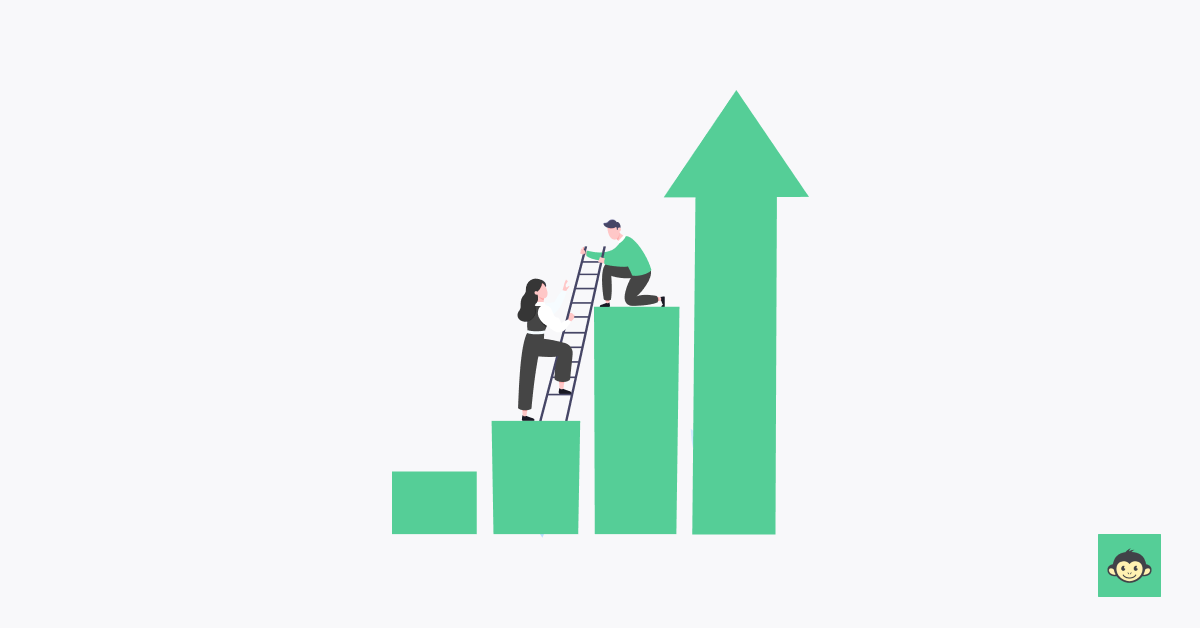
Performance Improvement Plan (PIP):
A PIP typically comes into play when an employee's performance isn't meeting expectations. It's like a roadmap to help you get back on track when you've taken a wrong turn in your career journey. The primary focus of a PIP is to address specific issues or shortcomings in your performance.
Here's the drill:
- You and your manager identify the areas where you're falling short.
- Clear, measurable goals are set to help you improve.
- Regular check-ins and support are provided to monitor your progress.
- It's often seen as a remedial action to address performance gaps.
Performance Development Plan (PDP):
Now, let's switch gears to a PDP. This is more about nurturing your potential and helping you grow, like a gardener tending to a budding plant. A PDP isn't necessarily triggered by poor performance; it's a proactive approach to personal and professional development.
Here's the scoop:
- It focuses on your strengths and career aspirations.
- Goals are often broader and may include skill enhancement or career advancement.
- The emphasis is on learning, skill-building, and future career planning.
- It's a positive, forward-looking tool to help you reach your career goals.
How to craft the perfect performance improvement plan template?
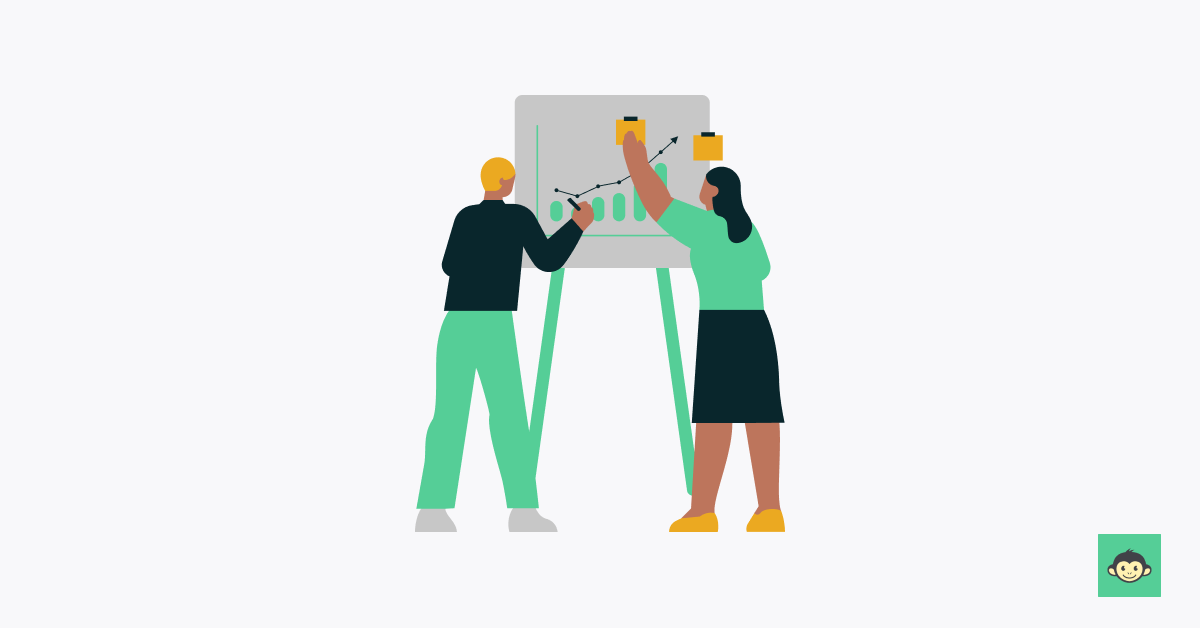
Creating the perfect PIP template is about providing a clear roadmap for improvement while ensuring the employee feels supported and empowered. With the right performance improvement plan template in hand, you'll be well-prepared to guide your team members towards success on their professional journey.
So, let's roll up our sleeves and dive into creating the perfect PIP template.
1. Start with a clear introduction:
Imagine you're setting off on a road trip. You'd begin with a clear destination in mind. Similarly, your PIP template should kick off with a concise introduction. State the purpose of the plan, the period it covers, and the key stakeholders involved. This sets the stage and ensures everyone is on the same page.
2. Create measurable objectives:
Next, think of these goals as your GPS coordinates. They should be precise, measurable, and tailored to the employee's role. Avoid vague statements like "acceptable performance." Instead, pinpoint the exact areas needing improvement and set achievable targets.
3. Lay out the action steps:
Now it's time to chart the course. Outline the action steps required to achieve the goals. What specific tasks or training will help the employee improve? Include deadlines and responsibilities for each action item.
4. Offer support and resources:
Think of this step as providing the necessary tools for the journey. Mention the resources available to help the employee succeed. It could be mentorship, training programs, or access to relevant materials.
5. Establish a monitoring and feedback system:
Just like checking the map during a road trip, a PIP needs regular check-ins. Specify how often you'll meet to discuss employee's progress. This creates accountability and ensures the plan stays on track. Also, mention how feedback will be provided – constructive feedback is essential for improvement.
6. Set consequences and review points:
While a PIP is about improvement, it's essential to address what happens if the goals aren't met. Outline the consequences, but also include review points where progress can be assessed, and adjustments can be made if needed.
7. Keep communication open:
Communication is like the fuel that keeps the journey going. Encourage open dialogue between the employee and their manager. Let them know that questions, concerns, or suggestions are always welcome.
When to implement a performance improvement plan?

PIP is a proactive tool to address employee performance issues before they escalate. It's about providing support and guidance to help employees succeed. Now, let's explore the ideal timing for implementing a PIP.
1. Consistent underperformance:
The most obvious sign is when a particular employee consistently falls short of performance expectations. If you notice a pattern of missed deadlines, quality issues, or a failure to meet key targets, it's time to consider a PIP.
2. Frequent mistakes or errors:
Errors and mistakes happen to everyone occasionally, but if they become a regular occurrence and start impacting productivity or customer satisfaction, it's a red flag.
3. Decline in motivation or engagement:
When an employee's enthusiasm for their work wanes, it can result in decreased performance. Look for signs of disengagement, like reduced participation, lack of initiative, or a negative attitude.
4. Feedback from colleagues or customers:
Feedback isn't just for performance appraisals; it's also a valuable source of information. If colleagues or customers consistently express concerns about an employee's performance, it's time to take action.
5. Missed development opportunities:
If an employee consistently fails to grow or take advantage of training and development opportunities, it's an indication that they may benefit from a PIP to kickstart their progress.
6. Alignment with organizational changes:
When your company undergoes significant changes, such as new processes, technologies, or strategic shifts, employees may struggle to adapt. A PIP can help them navigate these transitions effectively.
Performance improvement plan best practices

When it comes to Performance Improvement Plans (PIPs), having a solid game plan is crucial. Let's dive into five best practices to ensure your PIPs lead to success.
1. Clear and specific goals:
Think of clear goals as the recipe for your PIP cake. Be specific about what needs improvement and set measurable objectives. Avoid vague statements like "do better." Instead, pinpoint precise targets that both you and the employee can track and measure progress against.
2. Collaborative approach:
Baking a cake is more fun with a friend, right? Similarly, involve the employee in the PIP process. Encourage open dialogue, listen to their perspective, and work together to develop the plan. When employees feel heard and have a say in their development, they're more likely to be invested in the process.
3. Realistic timelines:
You wouldn't expect a cake to bake in 2 minutes; the same goes for improvement. Set realistic timelines for achieving PIP goals. Rushing can lead to stress and compromise quality. Balance the need for improvement with a reasonable timeframe for achieving it.
4. Ongoing feedback and support:
Imagine trying to bake a cake without someone tasting it along the way. Feedback is the icing on the PIP cake. Provide regular feedback on progress, both positive and constructive. Offer support, whether it's additional training, mentorship, or resources, to help the employee succeed.
5. Flexibility and adjustments:
Sometimes, a recipe needs tweaking to get that perfect cake. Similarly, be open to adjusting the PIP if circumstances change or new challenges arise. Adapt the plan as needed to ensure it remains relevant and effective.
When to avoid a performance improvement plan?

PIPs are a valuable tool for many performance-related challenges, they're not a one-size-fits-all solution. Recognizing when to avoid a PIP is just as important as knowing when to implement one.
1. Temporary performance dips:
Picture this: You've had a fantastic employee who suddenly experiences a temporary performance dip. They may be dealing with personal issues, health problems, or external factors that are affecting their work. In such cases, jumping straight into a PIP may not be the right approach. Instead, offer support, understanding, and a flexible work environment to help them through the rough patch.
2. Skill or knowledge gaps:
Have you ever been asked to perform a task you weren't trained for? It can be frustrating, right? If an employee's underperformance is due to a lack of skills or knowledge, a PIP might not be the solution. Instead, provide targeted training and resources to bridge the gap.
3. Cultural or values misalignment:
Sometimes, an employee may not align with the company's culture or values. They may have the skills but struggle to fit in. In such cases, it's better to have an open conversation about whether the organization and the employee are a good match rather than forcing a PIP.
4. Behavioral issues:
If an employee's performance issues stem from behavioral problems like harassment, insubordination, or ethical violations, a PIP may not be the right response. These issues require a different set of actions, including disciplinary measures or HR interventions.
5. Poor job fit:
Imagine trying to fit a square peg into a round hole. Some employees may not be a good fit for their role or the organization. In such cases, it's more productive to explore job realignment or, if necessary, a more suitable position within or outside the company.
Checklist: How to develop a performance improvement plan (PIP)
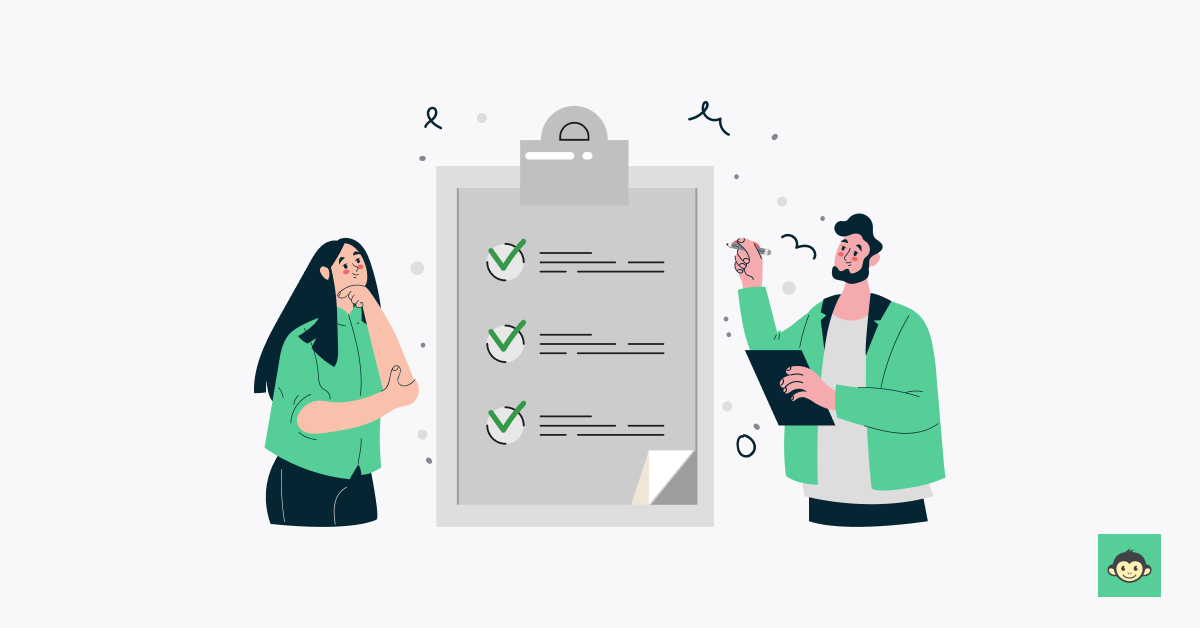
Crafting an effective PIP is like planning a well-organized journey. With this checklist in hand, you'll be well-prepared to navigate the process, providing employees with a clear path to improvement and ensuring the success of your organization as a whole.
- Identify the need for a PIP: Before you start drafting a PIP, ask yourself, "Is there a genuine performance issue that needs addressing?" Ensure that the situation warrants a PIP and isn't better resolved through other means like training, coaching, or simply clear communication.
- Define clear goals and objectives: Set specific, measurable, and achievable goals for the employee. Ensure that these goals align with their role and the issues identified. It's like setting coordinates for your journey, so everyone knows where they're headed.
- Collaborate with the employee: A successful PIP involves the employee from the get-go. Discuss the performance issues, listen to their perspective, and collaborate to create a plan that feels fair and achievable.
- Outline the action steps: Once goals are set, detail the steps required to achieve them. What specific tasks, projects, or training will help the employee improve? Be specific about deadlines and responsibilities.
- Provide necessary resources: Determine what resources the employee needs to succeed. Whether it's training programs, access to mentorship, or additional tools, ensure they have the support required for improvement.
- Establish a monitoring and feedback system: Set up a system for regular check-ins to monitor progress. Define how often you'll meet to discuss performance and provide feedback, both positive and constructive.
- Document everything: Keep detailed records of the PIP process, including discussions, agreements, and any feedback provided. This documentation is crucial for tracking progress and potential future actions.
- Consider legal and ethical aspects: Be aware of legal and ethical considerations. Ensure that your PIP complies with labor laws and doesn't discriminate against the employee in any way.
- Offer support and guidance: Remember that a PIP is not just about pointing out flaws; it's about supporting growth. Encourage the employee, offer guidance, and let them know you believe in their potential to improve.
- Set consequences and review points: While a PIP is about improvement, it's also essential to address what happens if the goals aren't met. Specify consequences for not meeting the objectives and establish review points to assess progress and make adjustments.
- Be open: Flexibility is key. Be open to adjusting the PIP if circumstances change or new challenges arise. Adapt the plan as needed to ensure it remains effective.
- Communicate clearly: Effective communication is the glue that holds the PIP together. Keep the lines of communication open, encourage questions and concerns, and ensure that both you and the employee are on the same page.
- Empathize and encourage: Remember that employees are human, and everyone faces challenges from time to time. Approach the PIP with empathy and encourage the employee to see it as an opportunity for growth, not a punitive measure.
- Seek HR or legal guidance if necessary: If the situation becomes complex or if legal issues are involved, don't hesitate to seek guidance from HR or legal experts to ensure that you're proceeding correctly.
20+ Performance improvement plan questions

- Do you feel that your current performance meets the company's expectations?
- Are you aware of the specific goals and objectives outlined in your PIP?
- Do you believe the goals in your PIP are realistic and achievable?
- Have you received adequate support and resources to work on your PIP goals?
- Do you understand the consequences of not meeting the goals outlined in your PIP?
- Have you had regular check-ins with your manager to discuss your progress in the PIP?
- Have you received constructive feedback on your performance during the PIP process?
- Do you feel comfortable sharing your thoughts and concerns about the PIP with your manager?
- Have you encountered any obstacles or challenges while working on your PIP?
- Do you believe that the PIP has helped you improve your performance?
- Have you been offered additional training or resources to help you achieve your PIP goals?
- Do you feel motivated and supported in your efforts to meet the PIP objectives?
- Has the PIP process been a positive experience for your professional development?
- Do you have any suggestions for improving the PIP process within the organization?
- Are there any factors outside of work that have affected your ability to meet your PIP goals?
- Have you experienced any changes in job satisfaction since starting the PIP?
- Do you believe that your manager has been fair and consistent in implementing the PIP?
- Are you confident that you will successfully meet the goals outlined in your PIP?
- Do you believe the PIP has positively impacted your relationship with your manager and colleagues?
- Would you recommend any changes or improvements to the PIP process based on your experience?
- Have you felt any stigma or negative perceptions from colleagues or superiors due to being on a PIP?
- Do you believe the PIP process adequately recognizes and acknowledges your strengths and contributions alongside areas for improvement?
- Have you received sufficient clarity and guidance on the steps needed to successfully complete your PIP and transition back to regular performance expectations?
Conclusion
In the world of professional growth and development, a well-crafted Performance Improvement Plan (PIP) is a vital tool that can transform underperforming employees into success stories. It's about providing guidance, fostering growth, and creating a path for employees to shine.
However, what truly elevates the effectiveness of PIPs is an organization's commitment to an open, transparent, and supportive workplace culture. This is where CultureMonkey's employee engagement survey platform comes into play.
CultureMonkey isn't just a tool; it's a game-changer. It empowers organizations to gather anonymous employee feedback, including insights into the PIP process. By leveraging CultureMonkey, employers can create an environment where employees feel heard, valued, and truly engaged in their own development.
With the right employee engagement survey tool and a culture of continuous improvement, PIPs can be a catalyst for success, not a roadblock to frustration. So, when it comes to nurturing your employees' potential, remember that it's not just about the plan; it's about the culture that supports it.
FAQs
Does PIP mean termination?
No, a Performance Improvement Plan (PIP) doesn't necessarily mean termination. Its primary purpose is to help employees improve their performance. While some PIPs may lead to termination if the employee fails to meet the outlined goals, many organizations genuinely aim to support employee growth. The outcome of a PIP largely depends on the individual's commitment and progress during the plan's duration.
Should you quit if put on a performance improvement plan?
It's not advisable to immediately quit when placed on a PIP. Instead, view it as an opportunity for improvement and professional development. Engage in open communication with your manager, seek clarity on expectations, and actively work on the plan's goals. Quitting prematurely may not be in your best interest, as you may miss a chance to address performance issues.
What is included in a performance improvement plan?
A Performance Improvement Plan typically includes:
- Clear and specific performance goals.
- Defined action steps and tasks.
- Support and resources provided to the employee.
- A monitoring and feedback mechanism.
- Consequences for not meeting the goals.
- A timeline for the plan's duration.
- Regular check-ins with the manager.
- Documentation of the entire process.
It's a structured framework to help employees address performance gaps and enhance their skills and contributions.
How long should a performance improvement plan last?
The duration of a Performance Improvement Plan varies but is often around 30 to 90 days. The timeline should be realistic and depend on the complexity of the performance issues. Longer plans may be required for significant skill development, while shorter ones may suffice for minor adjustments.
If I receive a performance improvement plan, how should I respond?
When you receive a Performance Improvement Plan (PIP), it's essential to respond proactively. Begin by reviewing the plan thoroughly, seeking clarification on any unclear points. Engage in open and honest communication with your manager to understand their expectations and discuss any concerns. Embrace the opportunity for improvement and take the plan seriously.
How serious is PIP?
A Performance Improvement Plan (PIP) should be taken seriously, as it is a structured process designed to address performance issues. While it does not necessarily mean immediate termination, it signifies that your performance has fallen below expectations. The seriousness of a PIP lies in its potential impact on your career.
What does it mean when your employer puts you on PIP?
When your employer places you on a Performance Improvement Plan (PIP), it means they have identified performance issues that require attention and improvement. It signifies that your employer is invested in helping you succeed and is providing a structured framework to address the identified shortcomings. While it can be a challenging situation, it is not necessarily a precursor to termination.



